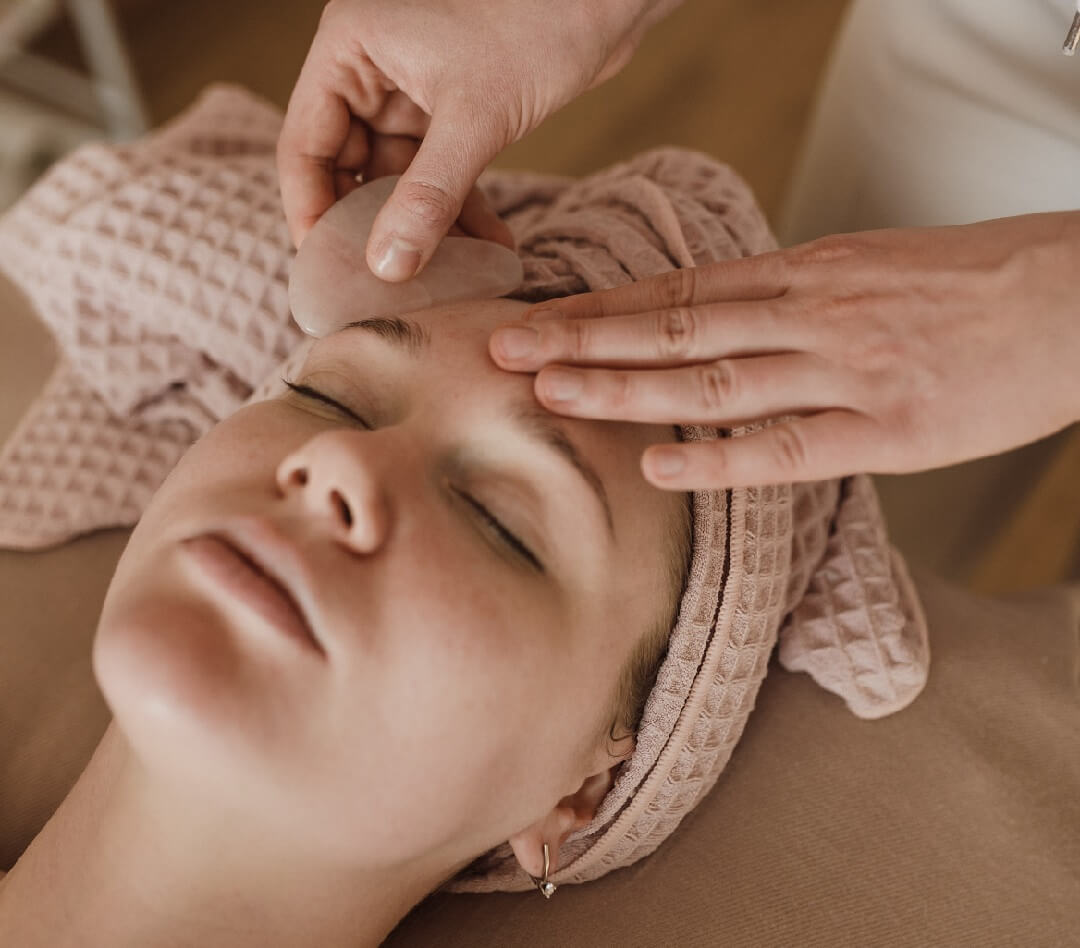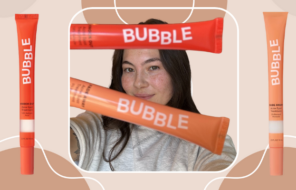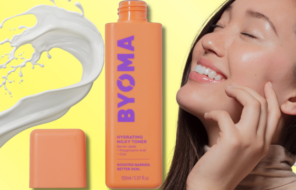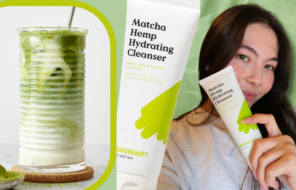Before your first facial experience, you might have some questions and concerns. Whether you’ve already booked a facial or plan to book one soon, we’re here to help you have a better idea of what to expect during a facial.
You may be wondering what happens during a facial — if a facial hurts or if you can wear makeup to a facial. These are all great questions to get the answers to before you step into the treatment room for your first facial.
We spoke to facial expert Joelle O’Connor, a licensed esthetician at Schweiger Dermatology Group in Hackensack, NJ, to help us answer those burning questions you might have before experiencing your first facial.
Pre-facial do’s and don’ts
Keep these tips in mind when planning and prepping your first facial treatment at a spa:
Do discontinue use of retinols
Stop using any prescription and OTC retinols, and any active acids (AHAs/BHAs) a week prior to your facial. These can irritate the skin, and you don’t want to go into a facial with skin irritation. “Not only does irritation change the way an esthetician would address your specific skin concerns, but it can lead to the treatment itself being irritating, which is not the goal of facials,” O’Connor told Glowsly.
Don’t have intense sun exposure
Don’t bake in the sun before your appointment. Avoid unprotected sun and UV exposure for seven days before your facial, which means make sure you are using facial sunscreen. “Estheticians won’t perform facials on clients with sunburn,” O’Connor said.
Do be ready to discuss your needs
Be prepared to talk when you get to the spa. You’ll need to have an open and honest discussion about your skin habits and the products you are using on your skin. “Facial treatment rooms are no judgment zones!” said O’Connor. “The esthetician’s job is to provide you with all the information about how to properly take care of your skin and which products are best to use for your specific skin concerns and goals.”
The skincare expert doing the facial treatment will likely ask a lot of questions in the initial consultation, and even if you know it’s something you shouldn’t be doing to your face — pimple poppers, we’re looking at you — it’s a good idea to let the esthetician know.
Don’t stress if you forgot to take off your makeup
It’s completely fine to come to your facial with a full face of makeup on. “The esthetician performing your facial will double cleanse your skin, which will remove all makeup,” O’Connor explained.
How to prepare for your first facial
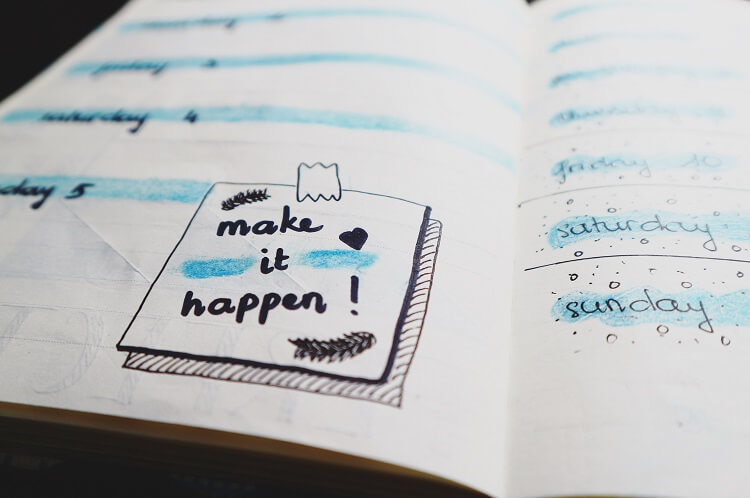
Ready to enjoy that first facial? Here’s how to prep.
Think about the best date to book your facial
Getting a facial should be a relaxing self-care experience. You definitely don’t want to put on a full face of makeup after a facial. “Your esthetician just performed a deep cleaning service, and your skin needs to heal after treatment,” O’Connor said. “By putting on a full face of makeup afterward, you’re creating an environment for clogged pores.” Plan your facial spa day accordingly when you can go home, relax, and feel comfortable makeup-free afterward.
Gather information about your skin health
Most estheticians may provide you with intake forms before your facial to bring with you, or they may have you fill one out when you arrive. Fill it out honestly.
Come with a list of every product you are using on your skin-from over the counter to prescriptions. Your esthetician needs to know about any medical conditions you may have, medications you are taking, and if you have any allergies.
“Some treatments that we do may interfere with certain medications or can’t be performed on patients with certain medical conditions. This information is for your health and safety,” said O’Connnor.
It’s okay to ask questions
If you want to know exactly what’s happening, let your esthetician know you would like it to be explained. Many estheticians love talking about what they are doing and should have no problem talking you through each step to make sure you’re comfortable with the treatment you are receiving.
Don’t feel pressured to talk
O’Connor stressed that you shouldn’t feel pressured to talk. “Some clients feel like it’s weird if they don’t say anything to us or strike up a conversation. It’s okay if you want zero interaction during your treatment. The time we have scheduled for you is your time, and if you just want to lie there and relax, we couldn’t be happier for you.”
Choose your top three skincare concerns
It’s important for your esthetician to know what your concerns are, but trying to fix everything at once is near impossible and can set you up for failure along your treatment journey. “Combination treatments can certainly address multiple things at once, but we don’t want to overwhelm you when you’re starting your treatment journey,” said O’Connor.
First Facial Experience FAQ
A facial experience will include a deep cleansing process and may include exfoliators, extractions, a facial massage, and masks to treat specific skin concerns. You asked, so we answered: Here are some of the top questions about getting your first facial.
What are some side effects of a facial?
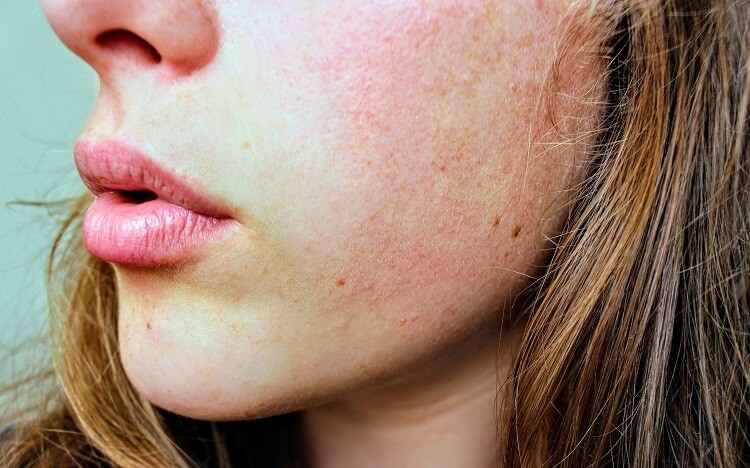
Potential side effects of a facial include redness and irritation, breakouts, dryness, and scarring.
- Redness and irritation. This can occur from active ingredients like vitamin C or AHA/BHA acids. It can also occur from exfoliation and extractions. “Your skin may be pink or slightly red after treatment, but it shouldn’t be beet red,” O’Connor said.
- Breakouts. You may notice breakouts after a facial since they are part of the body’s natural detoxification process, explained O’Connor. “Your skin and lymphatic system get deeply stimulated during the facial, and what isn’t seen at the surface is most often going to easily make its way up.”
- Dryness. Dryness can occur due to certain ingredients being used or harsh exfoliation. To combat dryness, use a gentle, non-irritating, fragrance-free moisturizer twice a day before and after your facial.
- Scarring. This is a more extreme instance of a facial side effect. “Scarring can occur when too much pressure is applied to the pore during extractions, either manually or with a tool,” O’Connor said. If too much pressure is applied, there’s a high risk of damaging the outer layer of the skin.
Will the facial hurt or cause discomfort?
“A facial should never be painful, period!” said O’Connor. If you are experiencing pain at any time, you need to communicate your discomfort to the esthetician. “Extractions don’t tickle, but they’re certainly not painful. Some areas of the face are more sensitive than others when it comes to extractions, so you may feel more pressure in some spots than others.”
If you start to experience burning or irritation, you need to communicate that to the esthetician, O’Connor insisted. “You could potentially be experiencing a reaction, and the esthetician needs to know immediately.” However, you shouldn’t confuse burning with warmth.
Some facials that have acids like BHAs and AHAs may make the treatment a little “spicy”, meaning you could feel warmth and tingling, she explained. “I always describe the sensation of pepper spiciness to my clients. Jalapeño pepper “spiciness” is normal, meaning you’re feeling a little something. Ghost pepper burning is not normal.” said O’Connor.
What are extractions and why are they important in a facial?
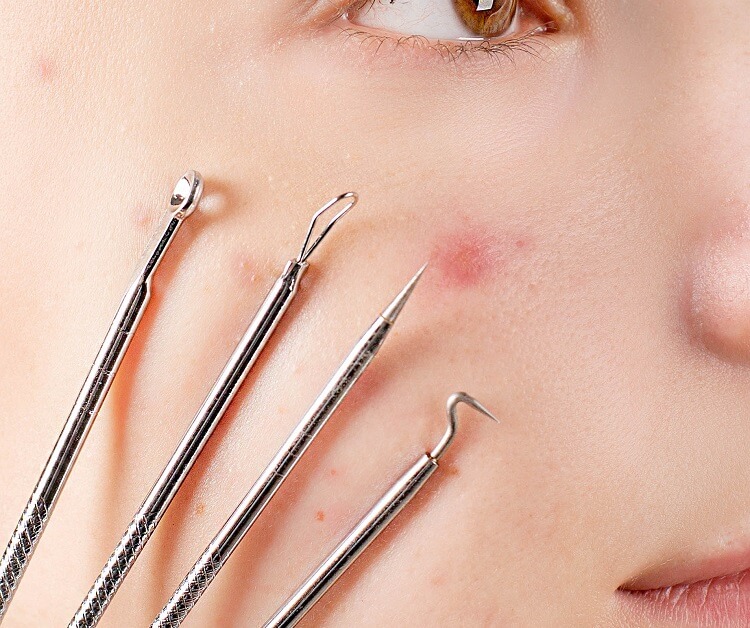
Extraction is the process of clearing a clogged pore by manual or mechanical means. This means the esthetician will either manually squeeze out the debris from the clogged pore or use tools like a metal comedone extractor or ultrasonic spatula.
By extracting blackheads and whiteheads and removing the pore-clogging debris of excess oil and dead skin cells, your skin will look clearer. Your skincare products will also penetrate better, which can lead to fewer breakouts in the future.
It isn’t uncommon that an esthetician may not be able to extract some clogged pores during the first visit. If your skin is too dehydrated and dry, trying to force out the clog can actually damage the follicle, potentially leading to scarring.
Why is steam used during a facial?
Estheticians use steam to soften your skin, making it easier to extract all the pore-clogging gunk.
How long does a typical facial last?
A typical facial can last anywhere from 40 to 60 minutes from start to finish.
Remember, facials are good for the skin because they help restore balance back to your skin and help achieve ultimate skin health, said O’Connor. “It’s the best deep cleansing treatment to remove toxins and bacteria. It also helps to renew cells by circulating healthy blood flow and nutrients to provide reparative function.”
Facials should be enjoyable
Enjoy your first facial experience by following the tips above and relaxing during this beneficial spa treatment. Once you’re comfortable with a basic facial, you could experiment with an LED facial for anti-aging benefits.

